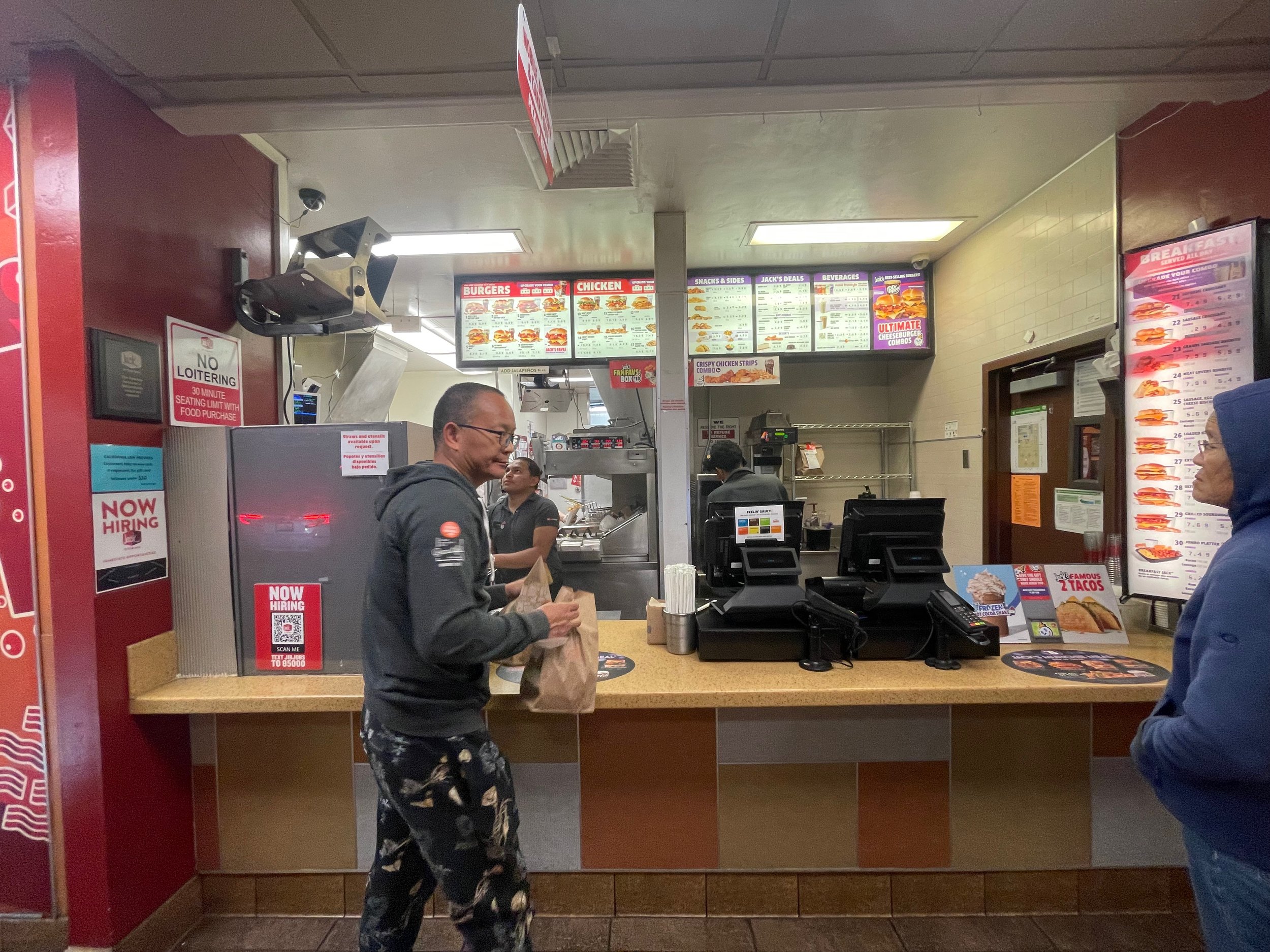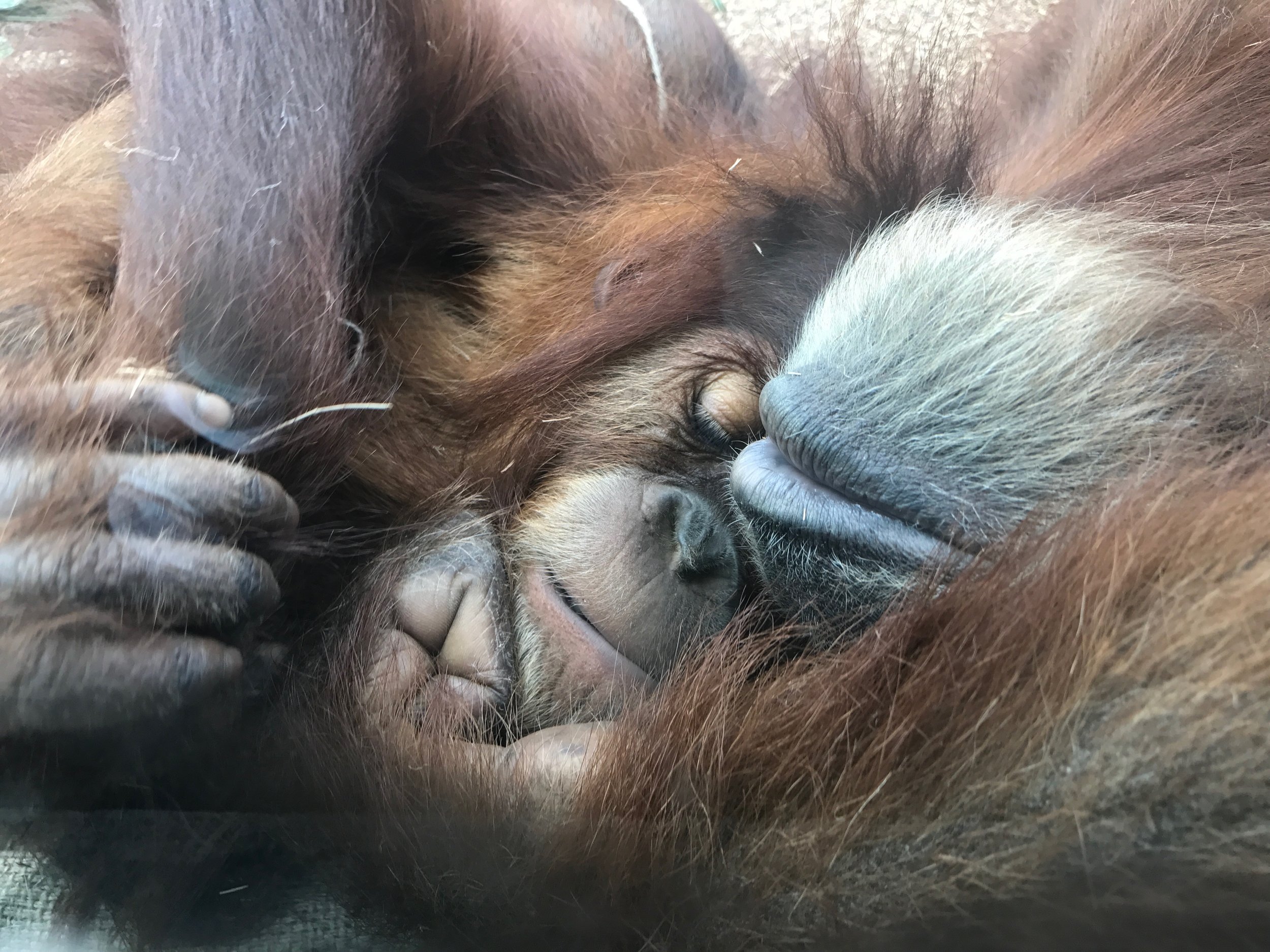“How long you think that you can run that body down
How many nights you think
That you can do what you been doing
Who, now who you foolin'“ Paul Simon
When Justice Thurgood Marshall was asked why he was retiring from the Supreme Court, he answered, “I'm old. I’m comin’ apart.” His mind was nimble and sharp, but it was housed in a slowly deteriorating assemblage of blood, bones, and protoplasm.
That the body and the mind are separate came to me from a line of poetry in my Creative Writing Class at UC in 1969. An unremembered classmate wrote a poem with this line about her body composed while sitting in a bathtub, “I look down at it from inside my face.” Our body is separate from the we that looks down at it.
It’s a complicated relationship. Sometimes our bodies and our minds are on the same page—the body that carries the climber to the summit of Everest, the striker whose bicycle kick sends the ball into the back of the net, the one legged ten-second stance that reassures us that we still have our sense of balance.
But it’s not always copacetic. We’re not always friends. In worst cases It’s a love-hate relationship. In a recent issue of The Atlantic, Emily Boring, a chaplain in a hospital, wrote this, “the summer before last, I met a woman who lit herself on fire. I’ll call her R. One evening in June, she poured lighter fluid over and into her body—down her mouth and up her rectum—and struck a match. Self-immolation isn’t unheard of on the burn unit. But her case included a remarkable detail: “Pt self-reported the incident.” Translation: R herself called 911 while she burned. When the ambulance arrived, she was still smoldering—hair and jean cuffs smoking, iPhone hot to the touch.”
She wasn’t suicidal. “They told me the chaplain was coming!” she said hoarsely. “Listen: I need you to believe me. I’m not crazy. I didn’t want to kill myself. I just wanted to be closer to God.”
Emily was a Yale divinity student, who at the time was suffering from anorexia nervosa. She writes, “My own illness, anorexia nervosa, had reawakened several months earlier, stirred by the loneliness of COVID and the pressure of graduate school. I’d lived with my eating disorder for eight years—nearly a third of my lifetime—in various states of remission, crisis, and active recovery. That summer, the old thoughts and habits had returned: skipped meals, too-long runs in the predawn. My body was consuming itself, not through the sudden conflagration of matches and lighter fluid but through the steady combustion of glycogen to glucose, the breakdown of fat cells and muscle fibers. I knew this, and yet I couldn’t help myself.” Knowing wasn’t enough. Our bodies and our minds can be at polar opposites, an apparent contradiction, as we both have the same goal in mind—to keep going.
But even when we’re getting along, our bodies and ourselves, there is the inexorable falling away, as either the body or the mind begins its inevitable descent. Alzheimer’s disease takes the mind. For those who don’t have dementia, the body leads the way.
Nine years ago Jadyne noticed that I was walking unevenly. Even Cecile, our next door neighbor, said, “You’re limping.” I saw my GP who recommended exercises that I followed for months. No improvement Finally, I went in for an x-ray.



















































































































































